Oxenfree II: Lost Signals is a supernatural adventure game by Night School Studio. You play as Riley, who returns to her hometown for a job and uncovers a mysterious radio signal that disrupts time and space.
The game is centered around its conversation system. As you walk towards your objectives, you’ll be presented with dialogue options that can affect your relationships with other characters or change how the story turns out. There are minor traversal puzzles along the way, but once you arrive at your destination, there’ll often be a small puzzle and more conversations to navigate.
Supernatural occurrences like jumping into other time periods, alternate realities and glitches, and being attacked by ghosts interrupt your exploration and keep the game’s mysterious, spooky-but-not-scary vibe going. This is a huge benefit to the game’s pacing — any time you’re getting bored of walking forward and choosing dialogue options, it’s cleverly interrupted, and in a way that deepens the game’s mysteries.
A lot rests on the game’s writing, and I’m glad to say it’s compelling. Riley is a likable protagonist, the stakes of the story feel meaningful as the story touches on grief and loss, and each member of the supporting cast has enough depth to make them feel real. The supernatural mystery you uncover makes internal sense, and the choices you make feel impactful in ways both big and small.
The majority of the game’s puzzles are quite simple, there more as an accompaniment than the main attraction. You might need to get to the other side of an area and figure out which parts to climb on, use your radio to manipulate nearby signals and open up portals, or explore an area to find a key. None of them annoyed me or interrupted the pace, and some were even interesting, which is a good place for these to land. And of course, while you solve these puzzles, you have more time to converse with Jacob, your co-worker for the night, or the people you can call on your walkie-talkie.
At any time, you can call a select group of characters on your walkie-talkie. If you call a character often, you can see their story to a couple of different endings based on your choices, but if you ignore them, you might never uncover their story — or even leave them to die to the night’s deadly mystery. It’s a neat way to add side characters into a game that could otherwise have felt smaller.
The audio work as a whole is notable — the voice acting is good, the music heightens the storytelling, and the sound effects make the spooky moments much more immersive. The art comes together really well, using animation, lighting, and a nice mix of 3D and 2D to create a neat style. The game’s only 5 hours long, but it’s a good 5 hours.
Oxenfree II’s story connects to the previous game’s, but since you’re playing as a new character, it also works well on its own. Characters from the previous game show up later on, but this game takes place a while after the original and makes plenty of sense even if you don’t know the original’s plot.
Overall, Oxenfree II is one of the better walking-and-talking games I’ve played due to the high-quality storytelling. If you’re the sort of player who despises walking while choosing conversation options, this game isn’t for you. But if you enjoy narrative games with light puzzle elements, meaningful, emotional choices, and a sprinkling of horror and mystery, this is a fantastic experience.
Oxenfree II: Lost Signals is out now on Nintendo Switch, PlayStation 4, PlayStation 5, and PC for $19.99 or free with your Netflix subscription for iOS and Android.
Watch the Review in 3 Minutes for Oxenfree II: Lost Signals.

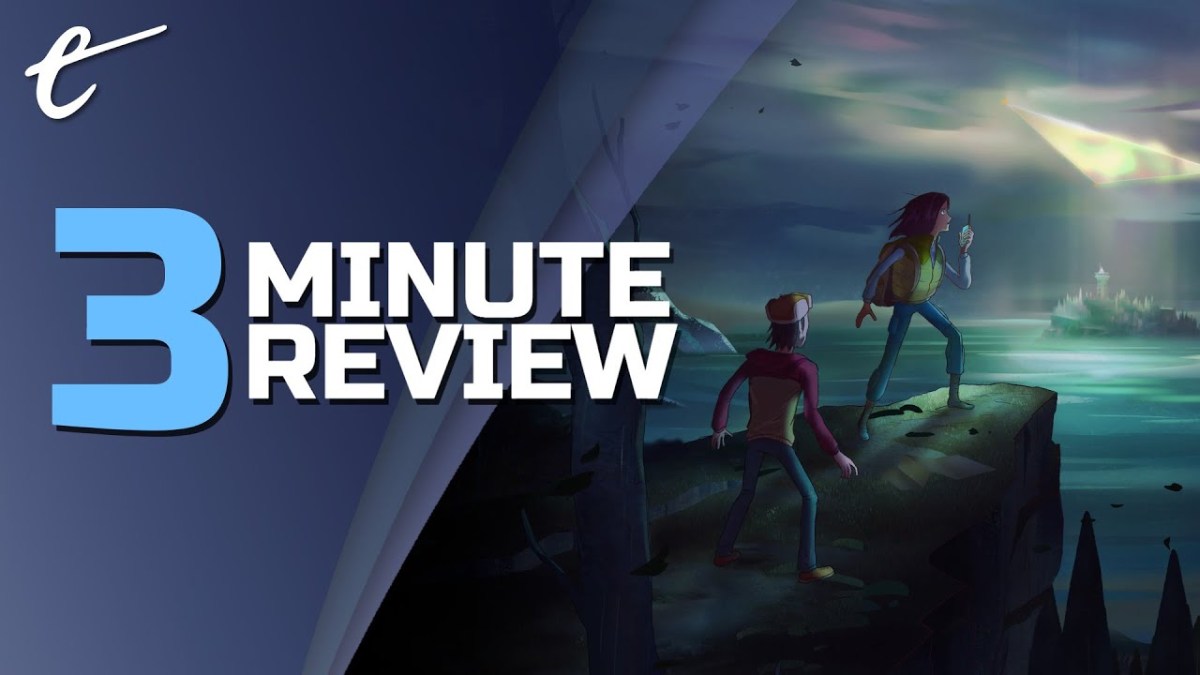

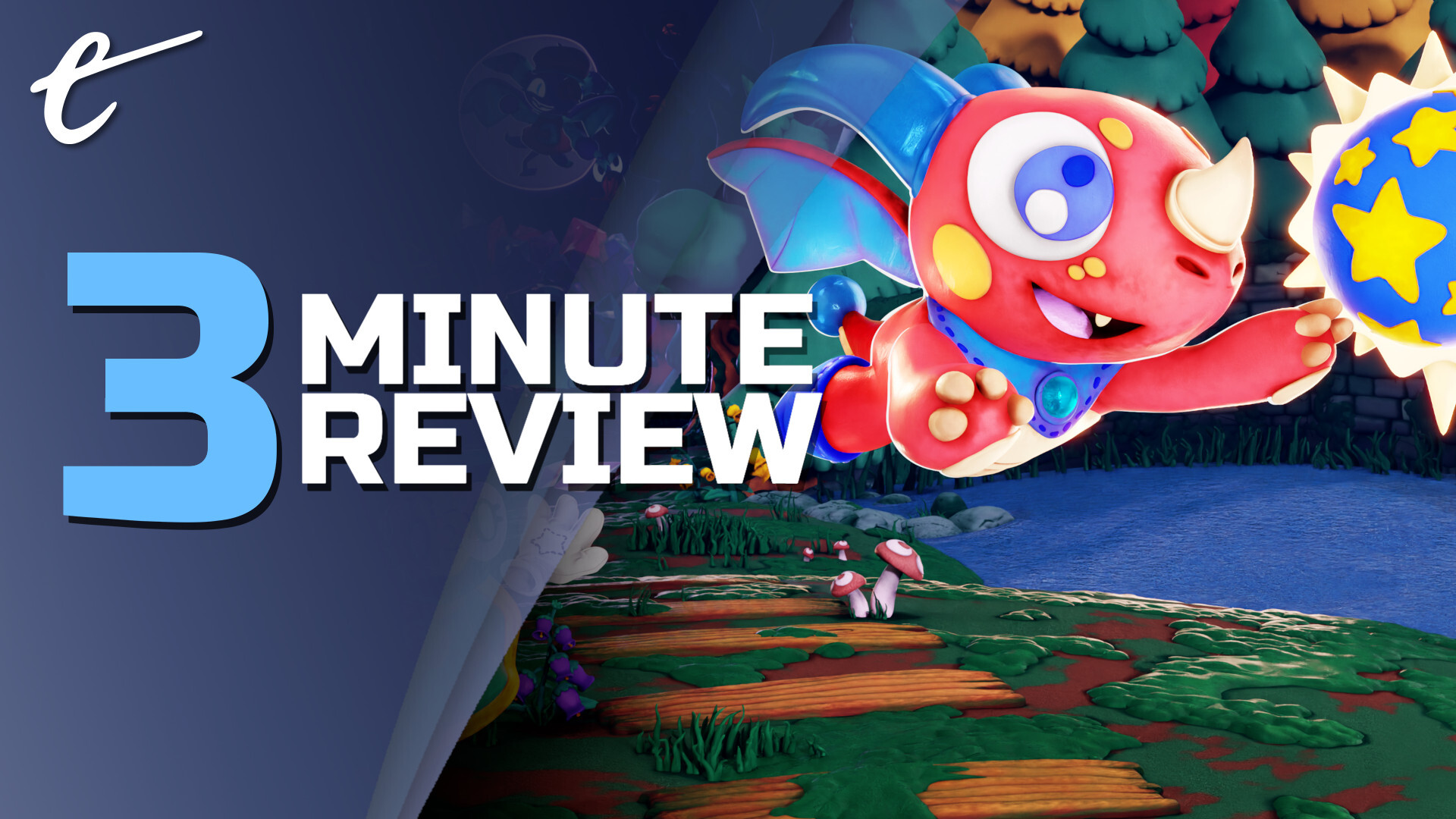
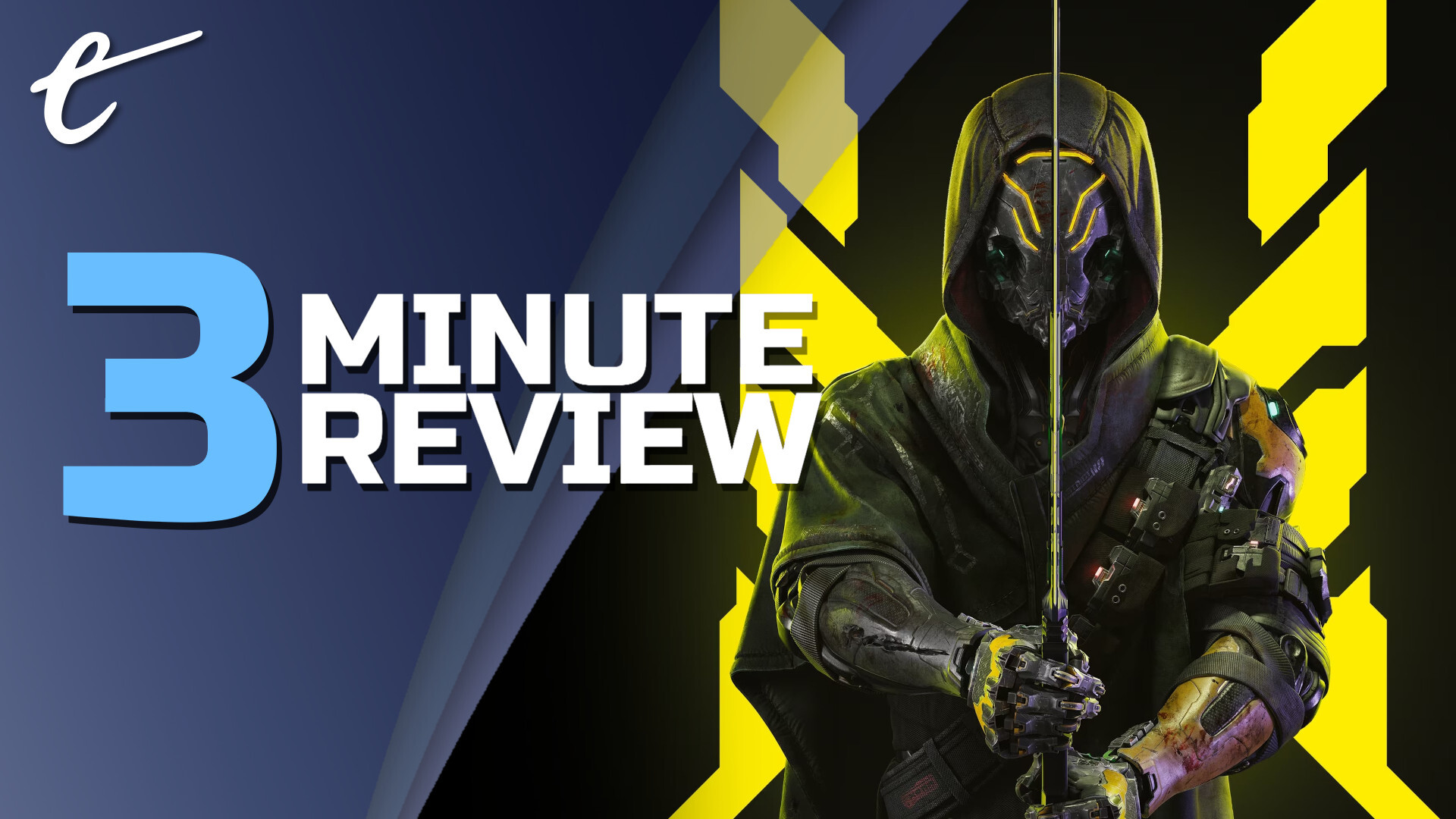
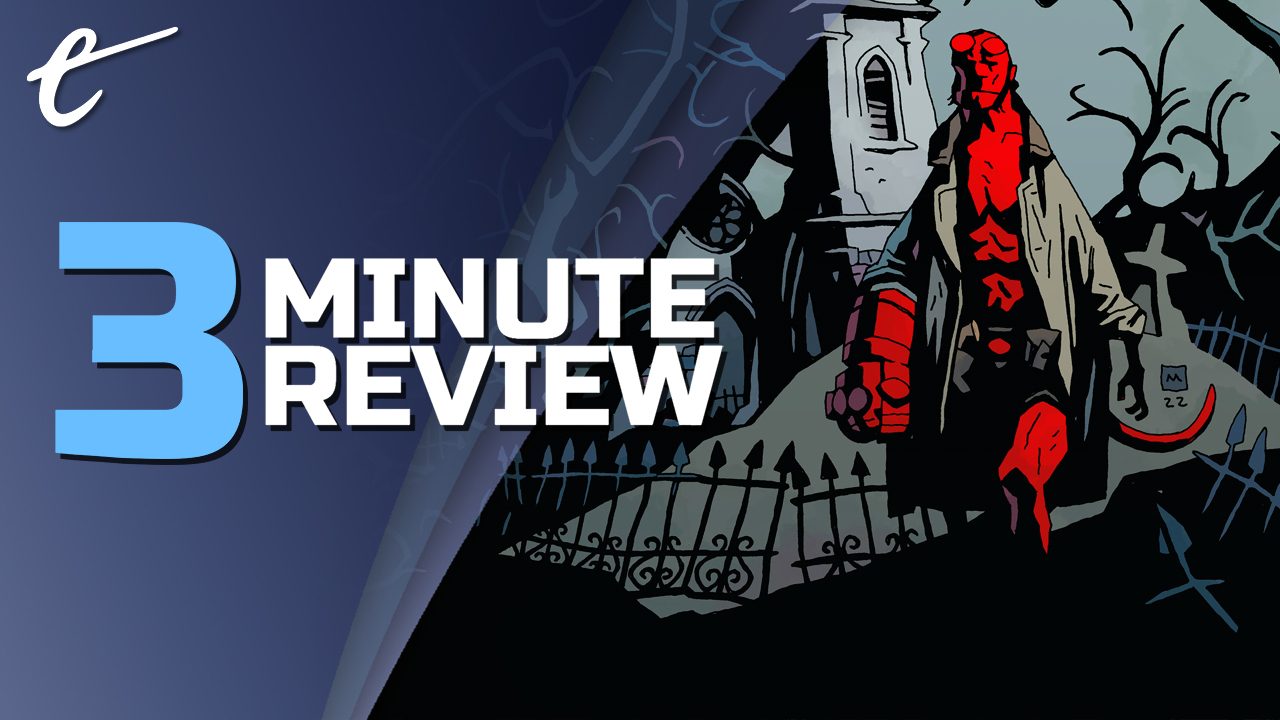


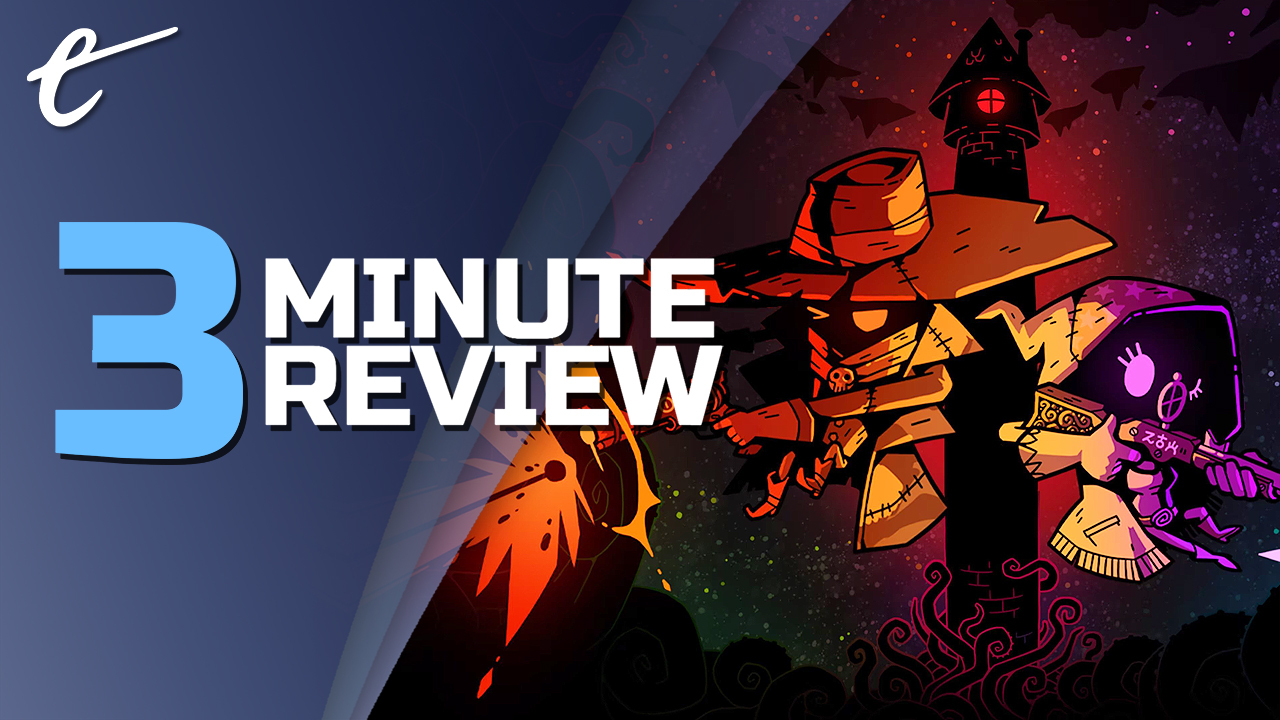
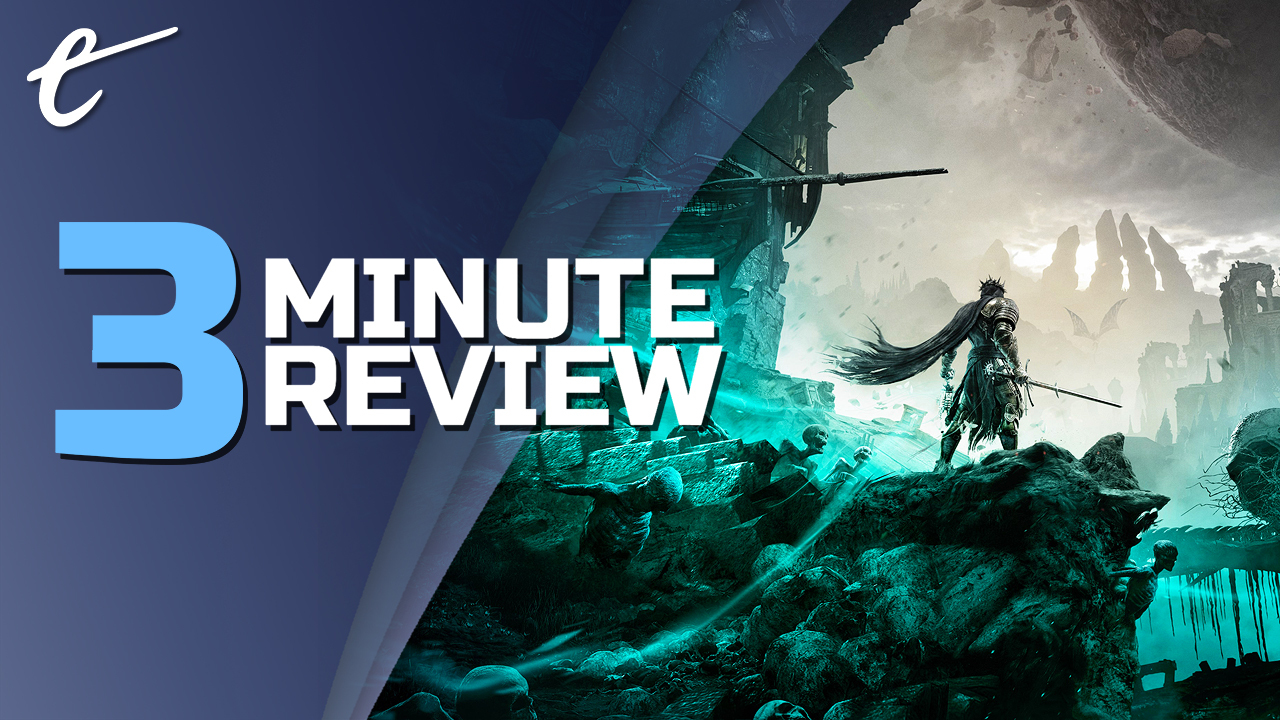
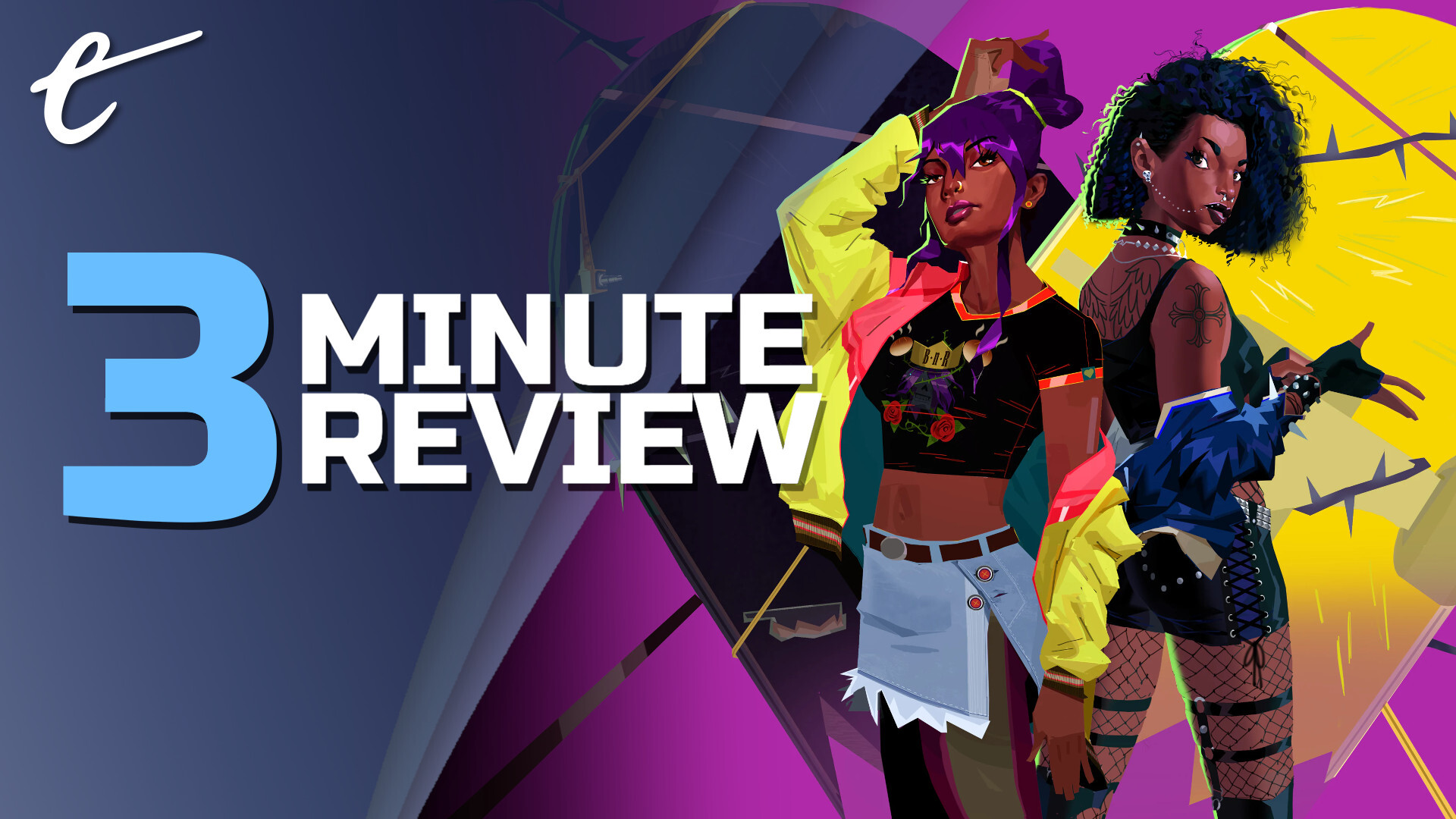

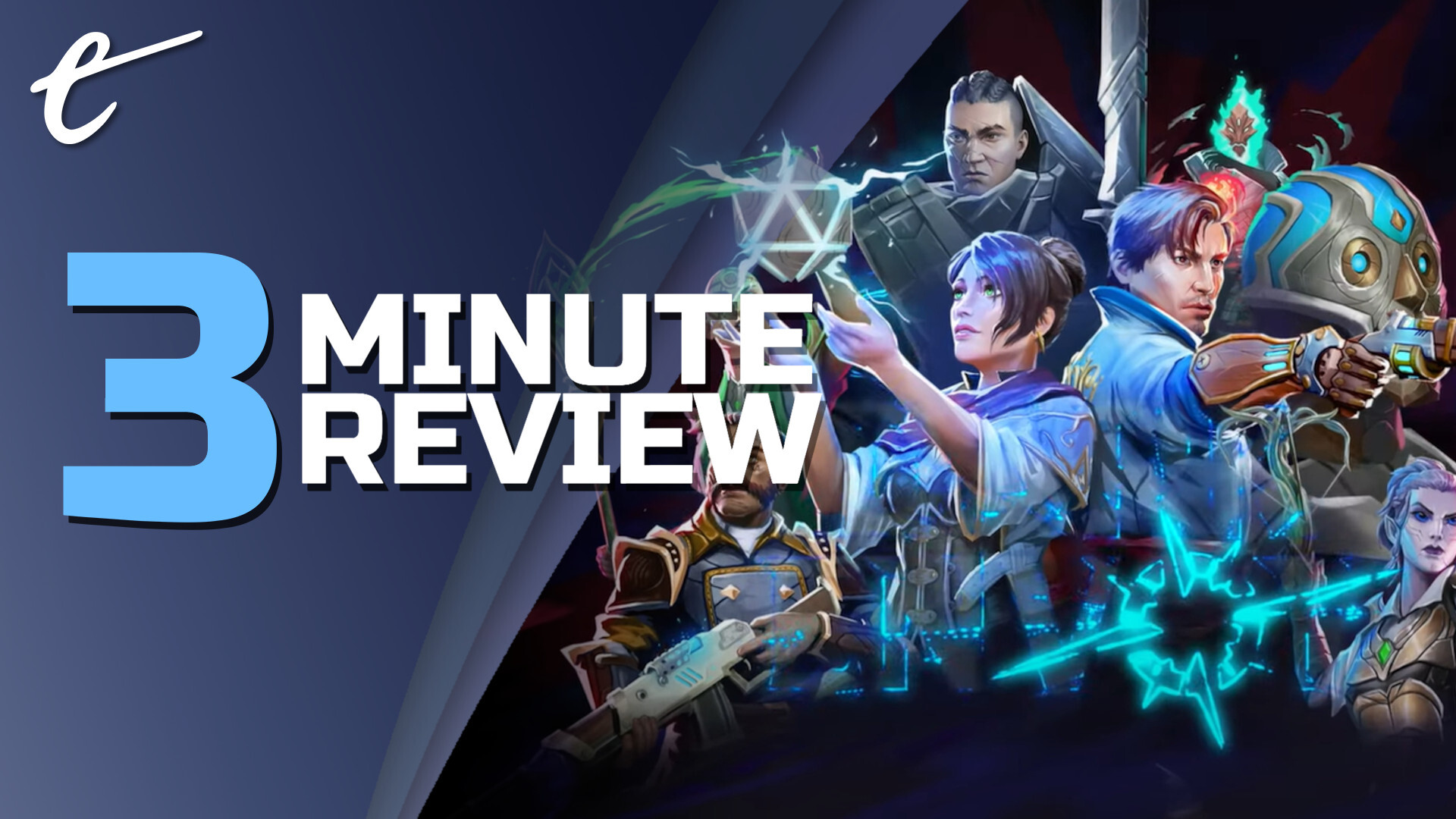

Published: Jul 12, 2023 7:06 PM UTC